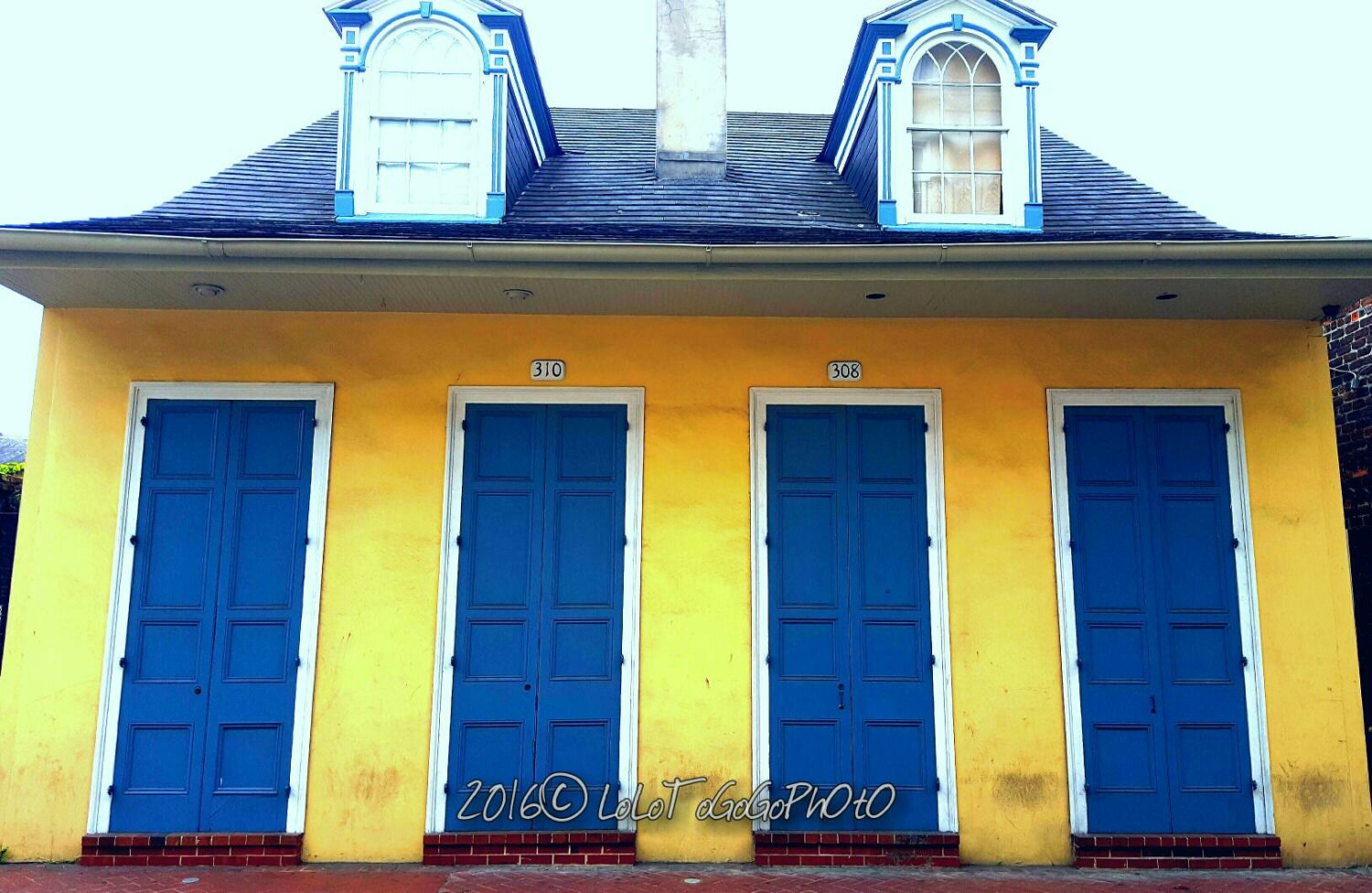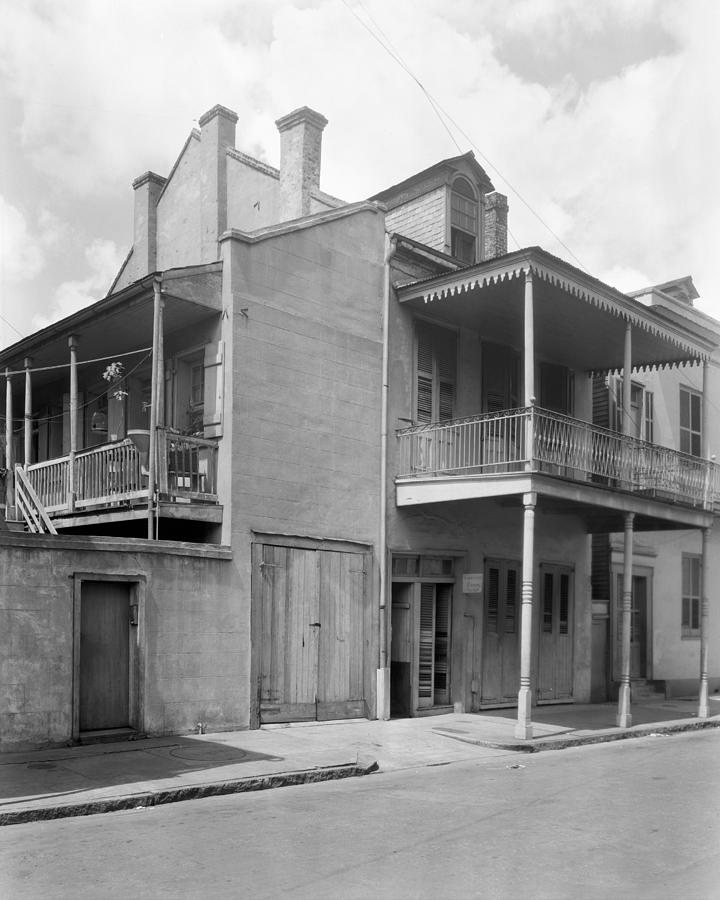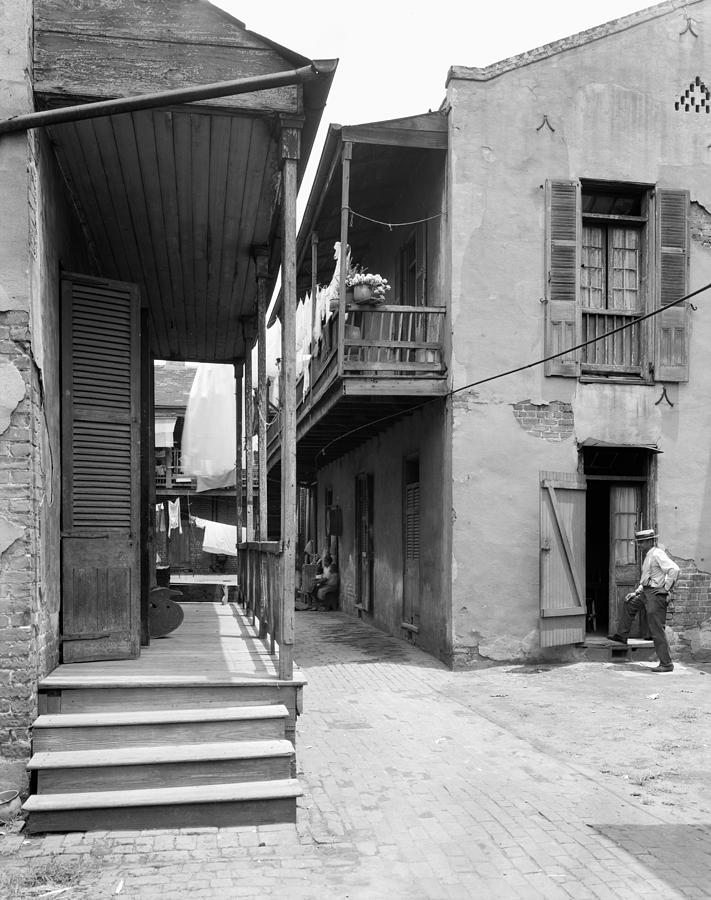Table Of Content

Her ghostly performance added to the song's warning message and lent it some gravitas that makes the song so arresting. The lyrics tell the story of a mythical place in New Orleans–the house of the rising sun–which consumes all who enter it. If the music sounded almost supernatural, Burdon’s vocal gave the song its terrestrial heart, one rent in two by the loaded dice and lost bets. He tempers his performance, starting off low and with deadly serious intent to grab your attention.
Charts
It has been performed by many artists, including Joan Baez, Nina Simone, Bob Dylan, and The Animals. The tragedy of “House of the Rising Sun” is that the narrator seems to have lost his free will. He knows that the house will be his damnation, yet he is en route while he is telling his sad story. At the very least, he tries to use his example to save others—Oh mother, tell you children not to do what I have done.
Behind the Meaning of Elle King’s Irreverent “Baby Daddy’s Weekend”
There is a house in New Orleans / They call the Rising Sun / And it’s been the ruin of many a poor boy / And God, I know I’m one, they sing in the chorus. A song is written, and, if it’s special enough, it hangs around waiting for an artist to claim it, putting their indelible stamp on it so that all other versions are henceforth compared to that one unforgettable take. Nobody is sure who wrote “House of the Rising Sun.” But we do know that the Animals, powered by the blustery vocals of Eric Burdon, claimed it. Many have sung “House of the Rising Sun” before Eric Burdon took it on with the Animals, and many will sing it in the future.
The Time Bob Dylan Stole Dave Van Ronk’s Arrangement for “House of the Rising Sun”

The musicologist Alan Lomax couldn’t even pinpoint the song’s exact origin, although he found evidence that jazz musicians knew of it even before World War I. Early versions of the song had promoted the meaning that the Rising Sun was a brothel. In these variations, the narrator is a woman bemoaning her return to prostitution. Male singers made it “the ruin of many a poor boy,” which transformed the title establishment into a gambling den. In August 1980, Dolly Parton released a cover of the song as the third single from her album 9 to 5 and Odd Jobs. Like Miller's earlier country hit, Parton's remake returns the song to its original lyric of being about a fallen woman.
Three young children killed in New Orleans house fire allegedly set by their father: Police - Fox News
Three young children killed in New Orleans house fire allegedly set by their father: Police.
Posted: Wed, 18 Oct 2023 07:00:00 GMT [source]
The song is also credited to Ronnie Gilbert on an album by the Weavers released in the late 1940s or early 1950s. Pete Seeger released a version on Folkways Records in 1958, which was re-released by Smithsonian Folkways in 2009.[16] Andy Griffith recorded the song on his 1959 album Andy Griffith Shouts the Blues and Old Timey Songs. Although the lead singer had never been to Appalachia, he was a poor boy from London who had spent time at Paris brothels.
Its psychological insight and philosophical meaning are all too relevant for this song to be anything but timeless. But it’s hard to imagine that anybody will ever again inhabit that doomed soul at the epicenter of the tale quite as well. In 2014, Five Finger Death Punch released a cover version for their album The Wrong Side of Heaven and the Righteous Side of Hell, Volume 2.
And maybe he even hesitates for just a moment before committing to his return, Well, I got one foot on the platform/The other on the train. The man who ran Nirvana's first label gets beyond the sensationalism (drugs, Courtney) to discuss their musical and cultural triumphs in the years before Nevermind. Lang deals with principles of Buddhism, including the cycles of birth and death. The 1979 song "Life During Wartime" by Talking Heads deals with how technology could be exploited to take down the framework of society and enable government surveillance. At the time, New Orleans businesses listed as coffee houses often also sold alcoholic beverages.
There is a house in New OrleansThey call the Rising SunWhere many poor boys to destruction has goneAnd me, oh God, are one. There is a house in New Orleans, it's called the Rising SunIt's been the ruin of many poor girlGreat God, and I for one. By 1932, with medical science contributing to a decline in the city’s orphan population, the Chartres Street property — home over the years to an estimated 9,000 orphans — was shuttered and sold. Occupying the block bounded by Chartres (then Moreau), Mazant, Royal and France streets, the two-story main house was surrounded by a wraparound ground-floor arcade and, supported by rows of stately columns, a second-floor gallery. Not to be confused with the Olivier House on Toulouse Street, the Olivier plantation house was built around 1820 by the Paris-born planter David Olivier. It would also be the beacon that called two notable Catholic religious orders to the city — the Brothers of Holy Cross and the Marianite Sisters of Holy Cross — and, after its demolition, as a rallying cry for appalled preservationists that still echoes today.
Suspect who set house on fire, killing 3 kids has been arrested - WDSU New Orleans
Suspect who set house on fire, killing 3 kids has been arrested.
Posted: Thu, 19 Oct 2023 07:00:00 GMT [source]

Famous Yugoslav singer Miodrag "Miki" Jevremović covered the song and included it in his 1964 EP "18 Žutih Ruža" (eng. "Eighteen Yellow Roses"). In 1871, the Marianites took over sole control of the orphanage, a duty they would hold for 61 years. In that time, it would grow to include additional buildings, including a Gothic chapel erected in 1891 to replace a wood chapel near the corner of Chartres and Mazant.
Don breaks down "Hotel California" and other songs he wrote as a member of the Eagles. Kristian talks songwriting technique, like how the chorus should redefine the story, and how to write a song backwards. Definite links to gambling or prostitution (if any) are undocumented for either of these buildings.
In late 1961, Bob Dylan recorded the song for his debut album, released in March 1962. That release had no songwriting credit, but the liner notes indicate that Dylan learned this version of the song from Dave Van Ronk. In an interview for the documentary No Direction Home, Van Ronk said that he was intending to record the song and that Dylan copied his version. He learned this arrangement from Dave Van Ronk, a friend and mentor, who had re-worked the song from a recording by musicologist Hally Wood. Dylan’s recording would later provide the basis for The Animals' 1964 version, which became a massive and iconic hit. Versions of the song have been recorded by many notable artists including Lead Belly, Joan Baez, Ramblin' Jack Elliot, Dolly Parton, Waylon Jennings, Nina Simone, Adolescents, The Ventures, Duane Eddy and Five Finger Death Punch.
Her bluesy voice gives real soul to the song, which remains imprinted on the song today through many remakes. In Guthrie’s version (considered closer to the original folk song than the far more famous cover by the Animals), the singer of the song is a woman who has been led astray by a drunkard gambler despite her working-class mother’s honest example. “(The) House of the Rising Sun” (also known as “Rising Sun Blues”) is a traditional folk song which tells of a life gone wrong in New Orleans, Louisiana. By then, the two-story Creole-style plantation house overlooking the Mississippi River from its perch at Chartres and Mazant streets was far past its prime, having crumbled into ruin after years of neglect. Long before radio, people passed folk songs around in the Appalachia hills by word of mouth.
Five Finger Death Punch's remake reached number 7 on the US Billboard Mainstream Rock chart. The single also charted in Australia (number 14), France (number 36), and Italy (number 54). The song was first collected in Appalachia in the 1930s, but probably has its roots in traditional English folk song. A detail shot of the inside of the main entrance to the old Olivier plantation house, including its fan-shaped transom. "House of the Rising Sun" is a modern American myth and a true folk song because it is still evolving today. Only the lyrics and melodies that shake the bottom of the soul linger in the mind long enough to be passed along to the next singer, and "The House of the Rising Sun" was a particularly memorable song.
The Parton version makes it quite blunt, with a few new lyric lines that were written by Parton. Parton's remake reached number 14 on the US country singles chart and crossed over to the pop charts, where it reached number 77 on the Billboard Hot 100; it also reached number 30 on the US Adult Contemporary chart. Parton has occasionally performed the song live, including on her 1987–88 television show, in an episode taped in New Orleans. The Animals' version of the American folk song is considered one of the 20th century’s British pop classics. While the original version was sung in the character of a woman led into a life of degradation, the Animals' version is told from the view of a young man who follows his father into alcoholism and gambling ruin.
Keynote Records released one by Josh White in 1942,[27] and Decca Records released one also in 1942 with music by White and the vocals performed by Libby Holman.[28] Holman and White also collaborated on a 1950 release by Mercury Records. White is also credited with having written new words and music that have subsequently been popularized in the versions made by many other later artists. Although the date and author of the song are unknown, some musicologists have said that it resembled ballads of the 16th century, and could very easily have derived from one of that time. As a popular folk song, the oldest record of “House of the Rising Sun” in reference to a song was 1905, and it was first recorded in 1933 by an Appalachian group. Other early recordings include Woody Guthrie’s version from 1941 and Bob Dylan in 1961. The version by the Animals, however, is by far the most popular, and Dylan is often annoyed when it is assumed that he covered that song from them.
Across the pond at around the same time, Burdon apparently heard the song from a local folk singer in England. Burdon brought it into the Animals, who electrified the song for their 1964 self-titled debut album. Hilton Valentine played the stoic arpeggiated guitar part that foundations the song, while Alan Price tore into the organ solo as if trying to free every tortured soul trapped in this sinister place. I had learned it sometime in the 1950s, from a recording by Hally Wood, the Texas singer and collector, who had got it from an Alan Lomax field recording by a Kentucky woman named Georgia Turner. I put a different spin on it by altering the chords and using a bass line that descended in half steps—a common enough progression in jazz, but unusual among folksingers. By the early 1960s, the song had become one of my signature pieces, and I could hardly get off the stage without doing it.

No comments:
Post a Comment